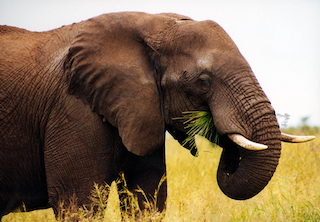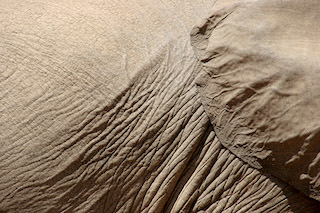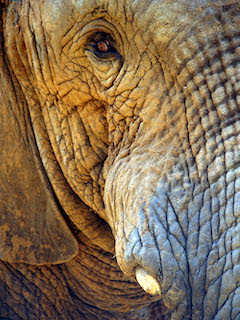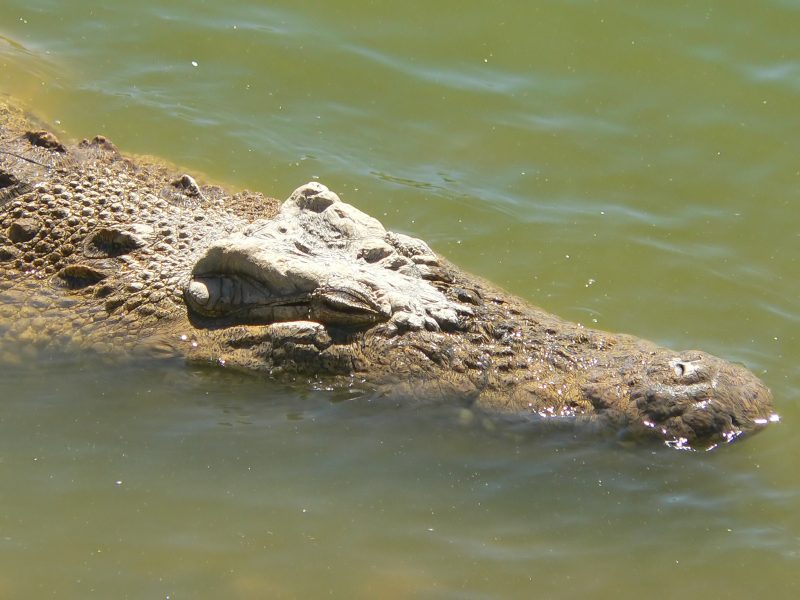-
The influence of elephant as a totemic symbol can be explored through the universal traits. It embodies strength, wisdom, protection, and the deep connections to nature and community. Understanding the significance of the elephant involves examining its symbolism in traditions and how they resonate with indigenous peoples across North America.
-
When an individual’s spirit animal is the elephant, it can offer valuable insights. In this article, we explore the behavioural characteristics of people whose spirit animal is elephant, while also addressing the psychological concept of psychoticism, and how it relates to the compassionate and balanced nature of the elephant spirit.
-
As I embarked on my path to understanding the elephant spirit animal and its symbolism, I turned to the guidance of psychics near me. This journey not only opened my eyes to the profound symbolism of the elephant but also to the importance of seeking spiritual guidance from trusted sources.
-
Elephants are among the most revered animals in spiritual traditions around the world. Known for their intelligence, emotional depth, and extraordinary strength, these majestic creatures hold profound spiritual significance. This article explores the 10 most frequently asked questions about elephants, with a focus on their symbolic meanings across various cultures.
-
Mediums, those who can communicate with the spirit world, often interpret the appearance of elephants as messages from the other side, offering guidance, protection, and insight. In this article, we will explore the mysterious significance of elephants, their symbolism in different cultures, and how mediums interpret dreams their spiritual meaning.
-
If an elephant appears in your dream, it may carry messages related to your life or spiritual path. Mediums and dream interpreters often see such dreams as messages from the subconscious or even the spirit world. This article will explore the meaning of elephant dreams and how mediums interpret them.
-
If an elephant has appeared in your dreams, it could be a sign that the elephant spirit animal is calling you to pay attention to your spiritual path. In this article, we will explore the symbolism of the elephant spirit animal and how it can guide you toward deeper insights.
-
This article explores the significance of elephants as spiritual symbols and how psychics interpret their presence in the lives. We will delve into the historical, cultural, and metaphysical meanings behind elephant symbolism and how psychics use this imagery to guide their clients on a path of self-discovery, healing, and transformation.
-
In various African cultures, the crocodile holds a significant place in spiritual and religious practices, sometimes being revered as a sacred animal. In this in-depth article, we will explore the meaning of crocodile spirit worship in African cultures, its spiritual significance, and how it continues to shape cultural practices today.
-
This in-depth article will explore the various tools and techniques that a clairvoyant uses to interpret dreams involving crocodiles. We will explore the symbolism of the crocodile, the methods employed by clairvoyants to interpret dreams, and how these tools can help you better understand the messages hidden in your dream.
-
In the realm of Native American symbolism, animals hold profound meaning, often serving as totems or spiritual guides that connect individuals with important traits and lessons for personal growth. Among these animals, the crocodile spirit animal stands out as a powerful totem of survival, strength, resilience, protection, and emotional depth.
-
When it comes to jewelry, bands are a timeless piece that can elevate your look without breaking the bank. There are options that combine elegance and affordability. We explore stylish yet affordable bands that are perfect for any budget, helping you find the right piece to add to your collection.
-
Here we will explore the 10 most frequently asked questions about crocodile symbolism, shedding light on the deeper meanings behind these reptiles and how they can connect with human experiences. We will also explore the concept of psychoticism in relation to crocodile symbolism, offering insights into how these ideas intersect.
-
We will help you navigate the world of psychic readings, with tips on finding trustworthy professionals in your area. Additionally, we will explore interesting connections between psychics and animal symbolism. Understanding how to find the best psychics near me have made a huge difference in the quality of my experience.
-
In this in-depth article about spirituality, we will explore the meaning and symbolism of the crocodile spirit animal and its significance in spirituality. We will also delve into how the crocodile’s teachings can help individuals navigate their spiritual journeys and provide insights for those seeking deeper meaning in their lives.
-
Mediums, spiritual guides who offer intuitive insights, often assist individuals in understanding the messages animals like the crocodile carry. If the crocodile spirit animal has appeared to you or if you are simply curious about its deeper meaning, this guide will provide answers to the 10 most commonly asked questions.
-
As one of the most resilient and primal animals in the world, the crocodile holds significant spiritual relevance, particularly in the realm of symbolism. Many people seek to understand the deeper meanings behind animal symbolism, and when it comes to the crocodile, its presence can bring valuable insights to you.
-
Crocodile, an ancient creature that has roamed the Earth for millions of years, holds deep symbolic significance in various cultures and spiritual traditions. For those seeking spiritual guidance, psychics often interpret the appearance of the crocodile as a message that provides valuable insights into personal growth, intuition, and life purpose.
-
Crocodile spirit animal holds powerful symbolism, representing resilience, primal instincts, and the balance between action and patience. Often interpreted by psychics and spiritual guides, the crocodile spirit animal can serve as a profound messenger in one’s life journey. Crocodile as your spirit animal offers guidance on how to navigate life.
-
Cheetah spirit animal is intertwined with African traditions, where it has been revered as a symbol of power and transformation. In this article, we explore the mysterious spirituality of the cheetah spirit animal through an African lens, uncovering its deep symbolic meanings and how it can influence one’s spiritual journey.




















